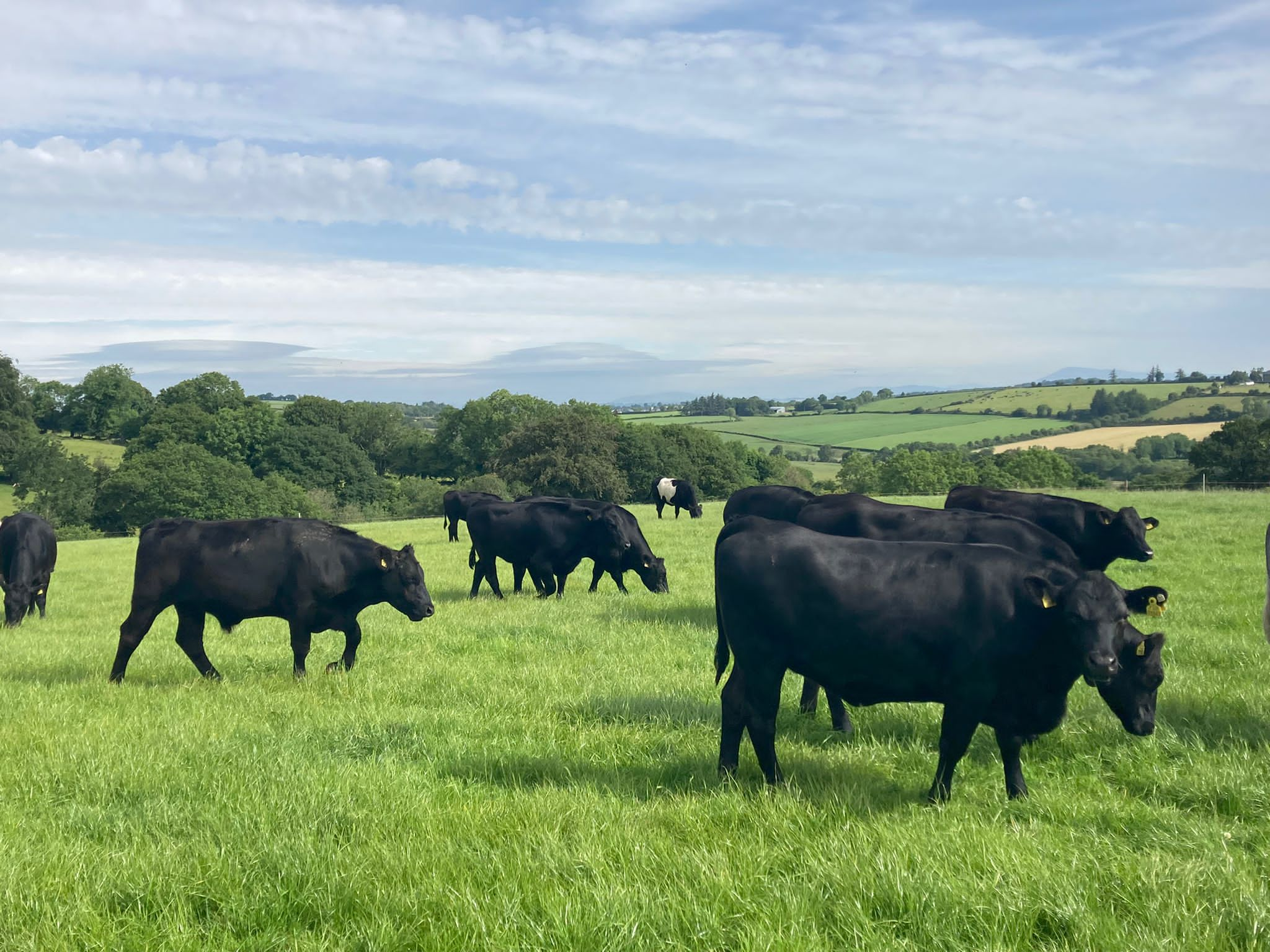Results from the most recent monthly weighing of the 2021-born cattle on the ABP Demo Farm indicated an Average Daily (weight) Gain (ADG) of 0.9kg.
The weighing took place on Thursday, June 2. The 2022-born calves on the farm are due to be weighed next week and the most recent weighing of calves on May 17, recorded an average calf weight of 110kg.
Yearling cattle on the farm had an average weight of 424kg at the most recent weighing. This marked an ADG of 0.9kg between the May and June weighing.
The difference in average weights of the progeny from the top-performing sire and the bottom-performing sires remains substantial.
The best-performing Angus sire’s progeny had an average weight of 464kg, while the worst-performing Angus sire’s progeny had an average weight of 389kg.



The sire with the lowest-performing progeny on the trial to date had an average weight of 382kg; this sire was a continental breed. The best-performing bull within that breed has progeny on the farm with an average weight of 438kg.
The average date of birth of the 2021-born cattle on the farm was approximately February 22.
Calves
The last of the calves on the farm were let to grass last week. The average calf weight on the farm at the May weighing was 110kg. All calves have now been weaned off milk.
The calves have been doing well and have suffered no setbacks. Ad-lib straw remains available to the calves during grazing and they have now been cut back to 1kg concentrates/head/day.

Dung samples were taken on the farm and the results indicated the need for a worm dose and so all calves on the farm have been treated accordingly.


The June calf weighing will take place early next week on the farm.
Grass
With both groups performing well and weight gains on target, the cattle’s demand for grass is increasing every day.
Over the past number of weeks, a large number of bales were secured from surplus grass taken out from grazing paddocks.
However, as grass growth has now slowed and no further paddocks will be taken out in the coming week.
Grass was measured last week and growth was 58/kg/dry matter (DM)/ha/day and the average farm cover is 776kg/DM.
Achieving good graze-outs on paddocks has become more tricky this month as grass begins to head out. To counteract this, some paddocks were mowed after grazing and cattle were left for a short space of time to finish cleaning out the paddocks.
This has worked well on the farm when conditions are dry but is not as successful in wet conditions.
Silage situation
Almost 970 bales of silage have been made on the farm this year. These bales were secured from a mix of red-clover ground, first-cut silage ground and surplus paddocks. The farm aims to make 1,200-1,400 bales of silage this year.
The second cut of silage got underway on the farm last week when 9ac of red-clover silage was baled. This yielded 43 bales or just under five bales/ac. The 9ac red clover field will now get slurry, but will receive no fertiliser, and will be cut.
A further 20ac of second-cut perennial ryegrass will be taken out next week.
The majority of the slurry has now been used on the farm and clover swards will not receive nitrogen (N), however grazing ground will receive 24 units of N post-grazing.
An additional 8ac of the farm was sown in red clover on May 10, this year, and results have been disappointing. The clover has been patchy and slow to strike. A decision will be made on the farm next week on the best course of action for the new reseed.
Dock problem
Docks are also becoming an issue on the farm with considerable populations in both grazing and silage ground.
This issue is set to be tackled on the farm in the coming weeks and plans are in place to try a few different methods of control.
Spraying the docks is an option but the risk of loosing clover in fields makes this a less attractive option.
Keeping clover populations thriving in fields while trying to control docks is a major challenge on many farms and this is no different on the ABP Demo Farm.
Feed intake measuring
The ABP Demo Farm will soon be sending a representative sample of its cattle to the Irish Cattle Breeding Federation (ICBF) centre in Tully, Co. Kildare, for feed-intake measuring.
Stay tuned to Agriland for further updates on the ABP Demo Farm.
